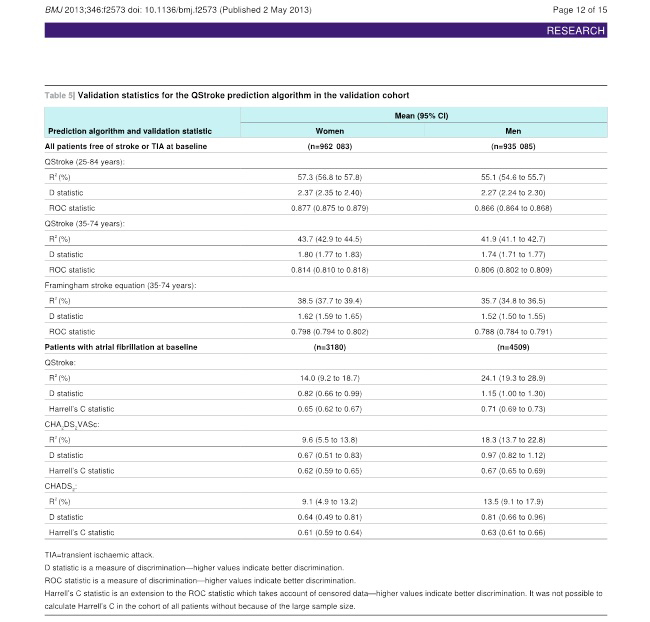-文献名- 平原佐斗司(著).第3章 認知症の緩和ケア.非がん疾患の緩和ケア.南山堂2011年 -この文献を選んだ背景- 最近グループホームの訪問診療数が増えてきており認知症患者と関わる機会が多い。グループホームの訪問診療の際に、スタッフからアルツハイマー型認知症の患者さんが終末期ではないかと質問を受ける場面を経験した。これまでアルツハイマー型認知症の終末期について学習する機会が少なかった。本書に認知症終末期に関するレビューがまとまっていたためを読んでみた。 -要約- 1認知症の終末期の定義
・米国のホスピス導入基準における末期の定義では、アルツハイマー型認知症の重症度分類であるFunctional Assessment Stage分類(FAST分類)を利用している。
・7-cより進んだ状態で着衣不可、時折の尿・便失禁、簡単な言葉を喪失し、意味のある会話が出来ない状態、歩行が出来ないなどの医学的状況のうち一つがあれば末期と診断されている。特に上記判断基準を満たしても、歩行が改善した認知症患者は6ヶ月以上生存することが証明されており、歩行障害が特に重視されている。
(7-a:最大限約6語に限定された言語機能の低下、7-b:理解しうる語彙はただ一つの単
語、7-c:歩行能力の喪失、7-d:着座能力の喪失、7-e:笑う能力の喪失、7-f:混迷お
よび昏睡の各段階)
2認知症患者の予後と死因
・英国の5つの地域で14年間に渡って行われた前向き調査で、認知症患者は診断後平均4.5
年で死亡していることがわかっている(1)。米国のアルツハイマー型認知症521例の追跡調査では診断後の生存平均期間は男性4.2年、女性5.7年で、予後に与える因子としては年齢、性別、診断時の重症度、身体機能、合併症が指摘されている(2)。
・認知機能が重度のアルツハイマー型認知症では肺炎での死亡が多く、認知機能が軽度のアルツハイマー型認知症では心疾患や脳卒中での死亡が多いことが指摘されている。(3)
・アルツハイマー型認知症以外の認知症(脳血管性、レビー小体型、前頭側頭葉型認知症)の予後に関する報告は少ないが、アルツハイマー型認知症と比較するとやや短い。
3認知症の延命治療の効果
・重度認知症の経管栄養の有用性については、倫理的な理由から、RCTは実施出来ず、胃瘻
増設後の生存期間を後ろ向きにみた物が主であり、本書では進行認知症には経管栄養を実施すべきではないという欧米のコンセンサスが形成されるようになった報告が紹介されている。
・Finucaneらが重度認知症の経管栄養に関する総説の中で、PEG造設後の中央生存期間は7.5ヶ月であること、63%は1年以内に、81%は3年以内に死亡しているという規模の大きな2つの研究データを紹介し、著名な延命効果は証明されないと解説している。(4)
4認知症の予後予測
・2つの予後予測スケールが紹介されている。
・Mortality
Risk Index(MRI)(5):米国のNursing Home(NH)に入居している重度認知症患者を対象とした研究から開発された認知症患者の半年予後について評価するスケール。12のリスクファクターを評価し加算することで半年以内の死亡率を予測できる。
・Advanced
Dementia Prognostic Tool(ADEPT)(6):MRIが米国の2つの州のNH入居者のデータに基づいているなどの限界を修正したスコアで、全米のNHの重度認知症患者222,405人の対象に大規模な後ろ向きコホート研究を行い作成した。
(1) Survival time in people with dementia:analysis from population based cohort
Study with 14 year follow up BMJ,336:258-262,2008
(2) Survival after Initial Diagnosis of Alzheimer Disease.Annals of Internal
Medicine,140(7):501-509,2004
(3) Causes of death associated with Alzheimer disease:variation by level of cognitive impairment before death.J Am Geriatr Soc,42(7):723-6,1994
(4) Tube feeding in patients with advanced dementia A review of evidence.JAMA,282(14):1365-1370,1999
(5) Estimating Prognosis for Nursing Home Resident with dementia,JAMA 291(22)
:2734-2740,2004
(6) The advanced Dementia Prognostc Tool:A risk score to Estimate Survival in
Nursing Home Residents with Advanced Dementia.JPSM,40(5):639-651,2010
-考察とディスカッション-
アルツハイマー型認知症患者の予後予測スケールがあることを初めて知った。また重度認知症患者に対する胃瘻造設の欧米のコンセンサスやそのもととなった報告についても勉強になった。認知症患者の家族に食べられなくなった際にどうするか方針を決定する機会があるが,Shared decision makingを行う上でこれらの予後スケールや胃瘻造設予後のエビデンスの提示は有用になり得ると感じた。
開催日:2013年5月1日
